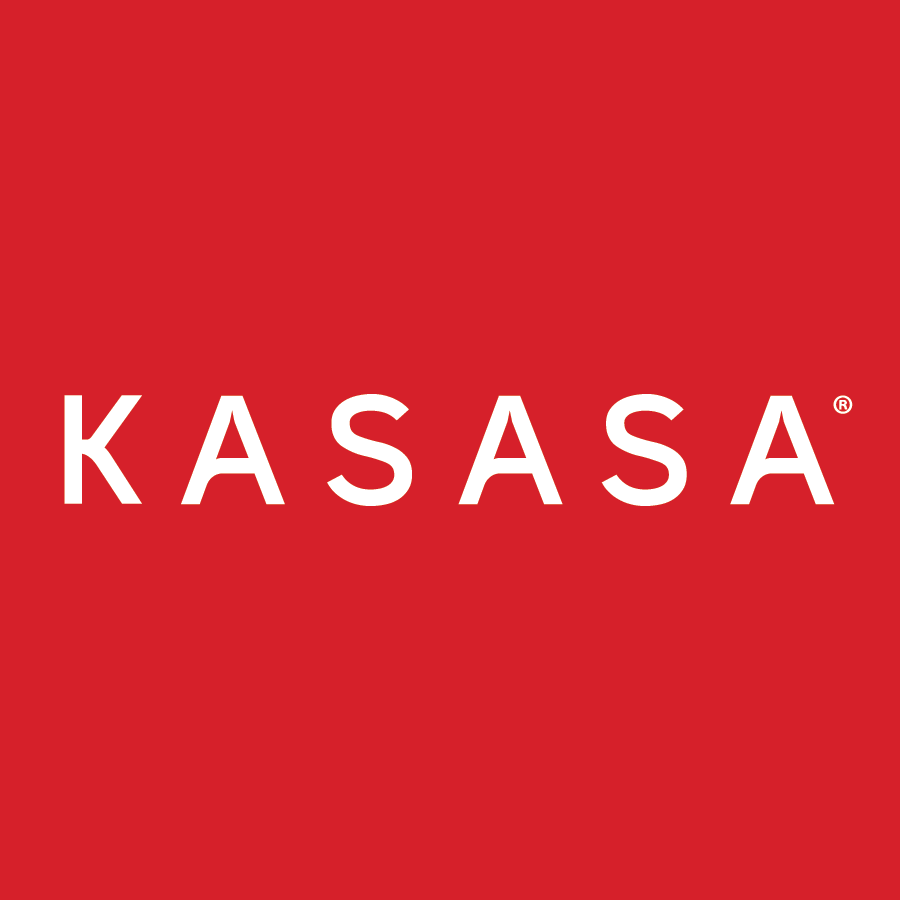It’s no secret that 2020 was a…well, the word that describes it best is better left unsaid. But you get the drift. And financial institutions certainly took their share of the brunt. With the resulting balance sheet mayhem, it’s no wonder even the largest institutions’ marketing budgets took drastic cuts across the board. After all, marketing is traditionally the first budget to be cut and the last to be restored.
But restoring it (and even increasing it) shouldn’t be seen as a luxury, it’s an absolute must — especially for community financial institutions. Although 2020 saw everyone cut marketing budgets, those cuts don’t exactly look the same. For instance, when community financial institutions make a 20% cut, it can be a huge dent in an already strained marketing budget. However, that same percentage cut in a megabank budget leaves plenty to continue their marketing push — and in a significantly much less crowded space. Which has an effect on consumer perception.
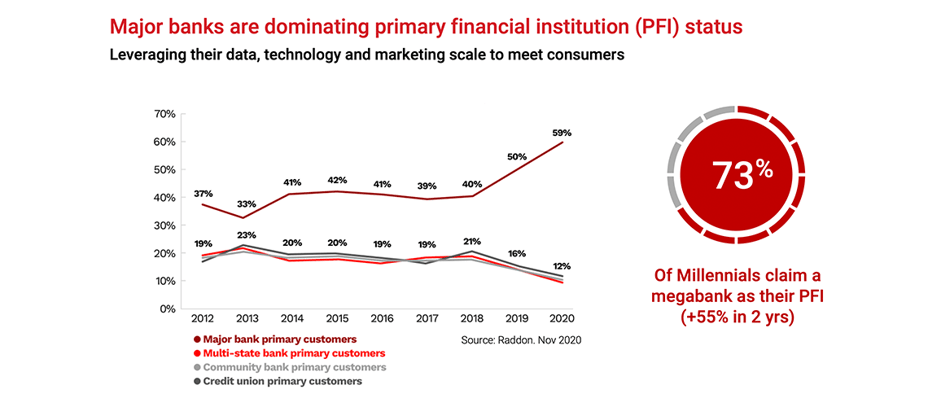
Big banks are ramping up their marketing big time.
It wasn’t long before the megabanks jumped right back in. In fact, while Citi’s marketing spend fell by 20% in 2020, it actually grew spending 2% year over year in Q4 of 2020.1 Why? Because less competition allows for greater share of voice. With everyone pulling back on marketing, a vacuum was created. They stepped in to fill it. So, while everyone was being quiet, Citi decided to talk more.
2021 has seen major financial service providers grow their ad spend by 16.7% compared to 2020 spends, while smaller institutions continued to hold back. Financial services advertising is the second largest category after retail. And with marketing powerhouses like the automotive industry scaling back due to lower inventory, a huge opportunity exists for those who are spending more to get noticed and attract new consumers.
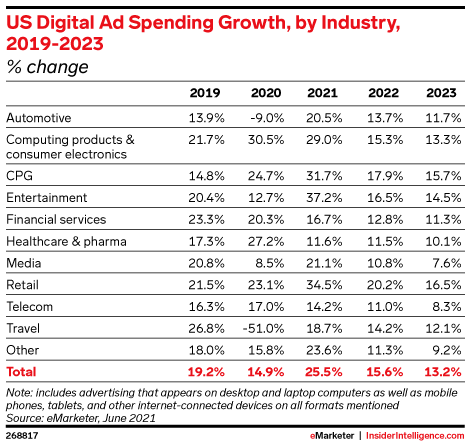
Community financial institutions can’t afford to stay silent.
As we continue to progress into 2021, we can see a bounce-back happening. Although their marketing budgets aren’t yet back to pre-pandemic levels, we see a definite upward trend with mid-to-large community banks and credit unions. That’s certainly promising, but let’s face it, those numbers are still a good bit lower than they’ve been in the past. So, the big challenge becomes how to get the most bang for your buck.
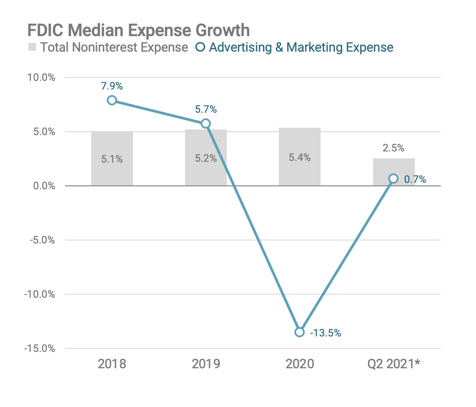
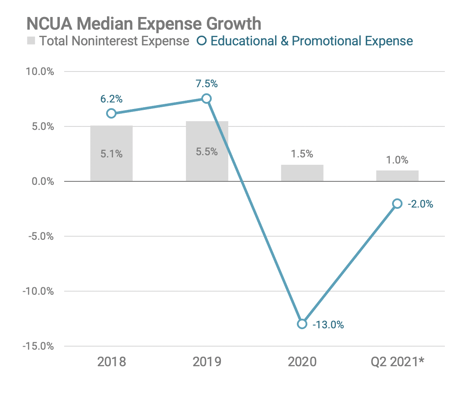
Digital is owning the day.
One of the biggest shifts that came about from 2020 was the move to digital, well, everything. Working. Shopping. And especially banking. With more than half of Americans being Millennials or younger (digital natives) and so many others spending more and more time online, there’s an urgency for financial institutions to make the move in order to meet them where they are. From pay-per-click (PPC) to social media and everything in between, going digital is no longer an option if you want to succeed.
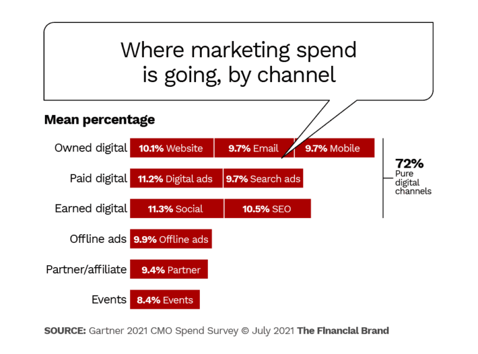
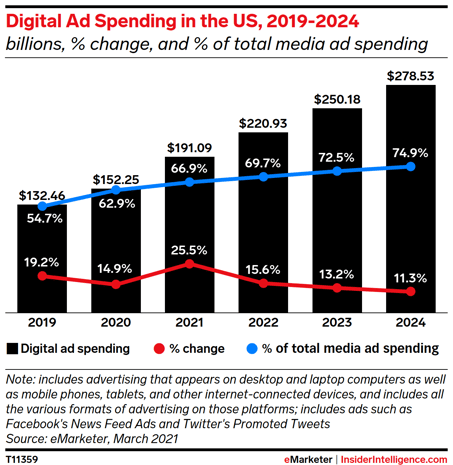
It's not just about numbers. It’s also about relationships.
With balance sheets still flipped on their ears, marketing for new accounts and even more deposits may seem like the last place community financial institutions would want to spend their dollars. But that’s short-term thinking. Now more than ever, it’s imperative to play the long game — which isn’t solely focused on deposits or loans, but also customer relationships. After all, every account opened is a door to other products and services. And every relationship formed offers the chance for a deeper connection, which leads to more trust, more business, and more profit.
Know what works. And what doesn’t.
When budgets are tighter, you have to find ways to do more with less. So, you need to know exactly what’s working and what’s not. That starts with understanding how to track the effectiveness of your marketing spend and how it contributes to your bottom line. This allows you to make sure every single dollar is working as hard as it can to hit your goals.
The bottom line: Marketing right now is more critical than ever. People need more convincing these days, and the big banks are doing all the talking. Your community needs to hear from you. They need to know you’re still here ready to serve them. So, fight for that budget. And don’t be afraid to market hard. Now is definitely the time.
